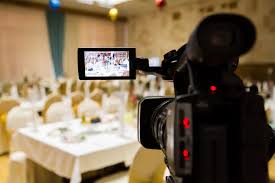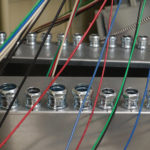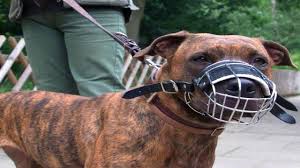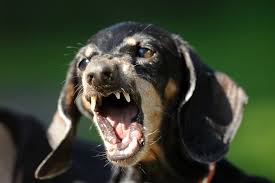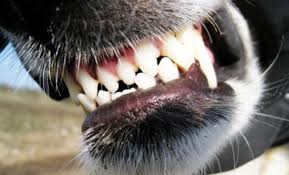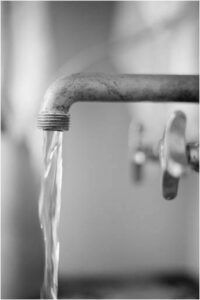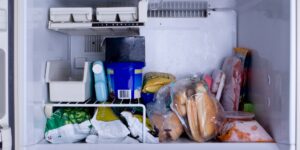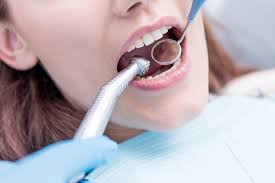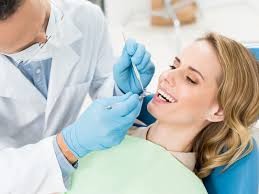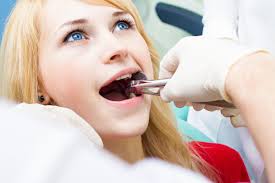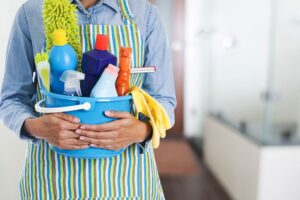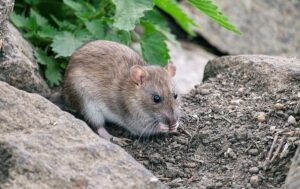How To Clean Engineered Hardwood Floors: Top 5 Tips
Whether you’ve just installed a brand-new engineered hardwood floor or you’re hoping to spiff up a floor that’s starting to show its age, our tips on how to clean engineered hardwood floors will help you get maximum shine with minimal effort.
Tip #1: Sweep or vacuum daily
Top tip for how to make engineered hardwood floors shine is to work at it a little bit every day. Sweeping or vacuuming away dust, dirt and debris frequently is not only the easiest tip for how to clean engineered hardwood flooring, but it will prevent these contaminants from being ground beneath your feet into the surface of the floor, creating scratches and causing premature wear.
Tip #2: Use a little vinegar and water
For light day-to-day cleaning, the best way to clean engineered hardwood floors is with white vinegar in lukewarm water (1 cup per 2 gallons of water). The natural acidity of vinegar helps to strip away dirt and contaminants while being safe for your engineered floor and for the environment. Just be sure to use a damp mop or cloth – rather than something soaking wet – and to wipe up any standing water immediately. For best results, mop in the same direction as the grain in the floorboards.
Tip #3: Use a recommended cleaner for heavy-duty cleaning
You likely received a recommendation from the manufacturer for how to clean engineered hardwood floors when your floors were installed. The important thing with any kind of engineered wood flooring cleaner is to test it first in a discrete spot to make sure the cleaner won’t damage the finish. We do not recommend the use of steam mops/vacuums for heavy-duty cleaning.
Tip #4: Protect high-traffic areas
One of the easiest ways of caring for engineered hardwood floors is to use rugs, runners and welcome mats in high-traffic areas like entry points, hallways and kitchens. These coverings can help prevent the grit on the bottom of shoes from grinding into the floor and damaging the finish.
Tip #5: Refinish to fix major damage
Sometimes cleaning methods and protective coverings just aren’t enough to prevent a floor from being damaged. When your engineered floor has been scratched by someone dragging a piece of furniture across the boards, for example, you may need to sand and refinish it to restore its beauty. This option depends on the quality of your floor and its finish. While some engineered floors use only a very thin top layer that allows it to be refinished only once.
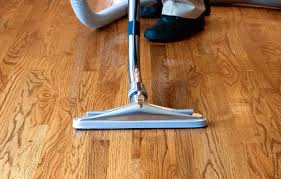
Prevention
Dirt And Grit : Dirt, Grit And Sand Are Your Hardwood Floor’s Worst Enemies.
They Act Like Sandpaper On The Finish, Causing Scratches, Dents And Dulling. Place Floor Mats At Entrances To Trap Dirt And Prevent Damage.
Water And Other Spills : Standing Water Can Warp A Poorly Finished Hardwood Floor And Can Damage The Finish. Simply Wipe Up All Spills As They Happen.
Hard Cleaners : Avoid Oil Soaps. They Can Build Up And Create Problems When It’s Time To Put A Maintenance Coat On The Floor. Instead, Neutral Ph Cleaners Made Specifically For Wood Floors Are Recommended.
Furniture : Lift The Furniture To Move It — Avoid Dragging. Felt Contacts Under The Legs Will Help Prevent Scratches.
Dents : Vacuum With A Brush Attachment — Don’t Use Vacuums With Beater Bars.
Sun : Direct Sun Can Discolor Your Hardwood Floor. Close Curtains And Blinds Or Add Sheer Drapes To Protect From The Sun’s Intense Uv Rays.
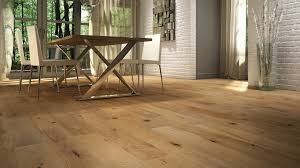
Engineered Wood Plank Care Tips & Techniques
Keep your engineered flooring swept, clean, and dry on a daily basis. This will keep mopping to a minimum and prevent abrasive particulates from scratching the surface.
Use either a vacuum cleaner with a soft flooring attachment, or a broom. A vacuum beater bar can cause scratches and damage to engineered hardwood. If you can’t get away from using a beater bar, make sure to set your vacuum to the bare floor setting.
Use a dry microfiber dust mop to pick up dirt and debris from the floor. Microfiber is perfect for gathering dirt and dust without the risk of surface damage.
Spills must be wiped up as soon as they occur. Excessive water or liquid can cause irreversible damage to engineered hardwood flooring. To avoid this, be sure not to mop up any pools of liquid and not let them sit. It is best to dry mop with a clean cloth when you fishing washing the floor.
Keep mats and rugs at entranceways. This will keep pebbles, dirt, moisture, grains of sand, fragments of glass, and debris out of the house and off of the floor. It will also help you avoid scratches, keeping the upper wear layer and finish of your floor safe and intact for a longer period of time.
Watch what shoes you wear indoors. Avoid walking on your floors with high heeled shoes or shoes with spikes because they can cause severe damage to the upper wear layer of the floor.
Avoid using harsh cleaners. Wax-based cleaners, powerful detergents, or steel wool should not be used to clean engineered hardwood flooring. For the best results, use manufacturer-recommended liquid cleaners.
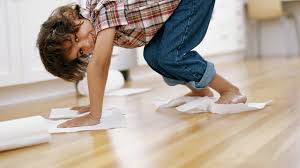
What condition is your floor in?
Follow these steps to evaluate the condition of your hardwood floor and its finish.
Finish Condition: Has the finish been worn off or is it just dirty? See if the finish is dull, chipped, scraped or gouged. To test if the finish has worn off, begin in a high-traffic area and pour one to two tablespoons of water onto the floor. If the water soaks in immediately and leaves a darkened spot, the finish is worn and water can damage the wood. If the water soaks in after a few minutes and darkens the wood only slightly, the finish is partially worn. If the water beads on top, the surface is properly sealed. Repeat this test in low- and medium-traffic areas.
Wood Condition: It the finish is worn, the wood may have been damaged. Are there stains, burns, cuts, gouges, holes, cracks or warped boards? If the wood is damaged, repair or replacement may be required before you deep clean your floor or apply a maintenance coat.
What type of finish does your floor have?
The same care and maintenance techniques are used for all finishes in good condition, but when it comes to removing stains or restoring the finish, methods differ. If you don’t know what kind of finish your floor has, ask your contractor or Realtor, or try these simple tests:
Surface finishes also referred to as urethanes or polyurethanes, are practical and very popular. They remain on the surface of the wood and form a protective coating that is water-resistant, durable and requires minimal maintenance.
For cleaning purposes, use products recommended by the flooring manufacturer. If the floors were finished or refinished on site, contact the installer. If neither is known, use a generic hardwood floor cleaner which can be purchased at a retail flooring store. Never use wax-based or petroleum-based products on a surface finish floor, as they will damage the finish.
Wax finishes soak into the wood, harden to form a protective penetrating seal, and when needed, are maintained with additional thin applications of wax. Only solvent-based waxes, buffing pastes or cleaning liquids made specifically for wax-finished wood floors should be used.
Use cleaning products, available at retail flooring stores, made specifically for wax finishes. Follow the directions carefully to determine how long the cleaner should remain on the floor. Once the floor is clean, apply a new coat of wax to restore luster.

